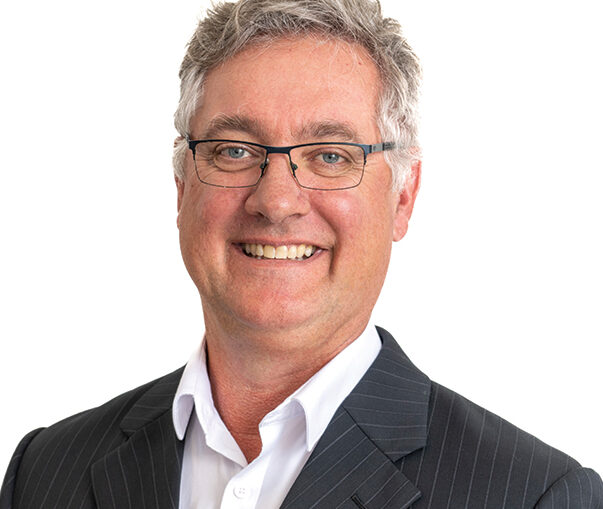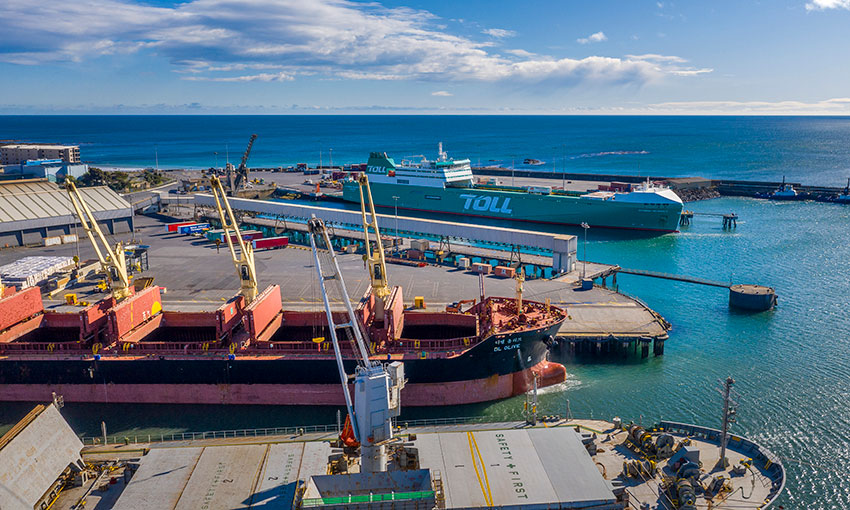BORN in Sydney but a Tasmanian resident since 1987, Mr Wall was previously TasPorts’ marine manager and a licensed marine pilot for the ports of Devonport, Bell Bay and Stanley, from 2006-2009.
For three years before that (prior to the formation of TasPorts in 2006) he was the harbour master and marine pilot for the former Port of Devonport Corporation.
When he left Tasmania in 2009, Mr Wall took up the position of marine pilot at the Port of Port Hedland, the world’s largest bulk export port.
It was the impact of the pandemic and travel limitations to and from Tasmania that prompted him to consider the move back home.
“Everyone has been fantastic since I arrived back at TasPorts, from the initial welcome and throughout the formal induction,” Mr Wall said, noting there are some significant differences since he was last with the organisation.
The most apparent change, according to Mr Wall, is the transition from a competitive ports structure.
“The position now of an open, transparent and safe operating model for both employees and customers is met and the ‘do at all cost’ mentality has been replaced with a fair and just operating system of work.”
Additionally, the safety management systems business-wide have improved and the state-wide vessel traffic services (VTS) have been introduced.
“It is now much easier to monitor all TasPorts’ ports through the VTS which makes the harbour master’s task a little easier,” Mr Wall said.
THE ISLAND STATE
TasPorts is a state-owned company responsible for 11 Tasmanian ports and the Devonport Airport, with 99% of the state’s freight moving through its port network each year.
As an island state, Tasmania is reliant upon shipping, port infrastructure and port operations to sustain its communities and economy.

“Each region of the state and its ports, have always had differing challenges both geographically and operationally around how each port is safely operated,” he said.
He said there are a number of a factors for consideration that can lead to challenges in managing maritime safety and asset protection. These include an understanding of the requirements of the ship and port operations around vessel scheduling, tidal constraints, weather challenges and daylight/darkness hours of operation.
“The skills to assess the safety case requirements against any perceived or real commercial requirements sees the safety case assessment applied each day, especially when planning for the weather events which Tasmania is exposed to on a regular basis,” Mr Wall said.
The state-wide coverage is achieved by the skilled operators in the state’s Vessel Traffic Service and TSOC centres who are the day-to-day eyes and ears for management of the waterways.
“The good working relationships with these operators allows for the various challenges to be met with good planning and the setting of limitations around safe levels of compliance for all waterway users,” Mr Wall said.
“This is also achieved with good levels of just reporting from the marine pilots and operatives, tug masters and exempt masters.”
MOVING FORWARD
Mr Wall said his transition back into a compliance role has been a smooth one.
“My experience as a marine pilot has given me extensive exposure to the operational side of port and shipping operations and all the associated risks around marine pilotage transfers, tug and pilot vessel operations and wharf operations.”
Mr Wall said he’d like to focus on building on “all the current good work done to date and assist in meeting any new challenges that arise in order to maintain the existing high levels of compliance with the states maritime legislation”.
“My main focus – and that of the harbour master position – is to assist everyone on and off the water as best I can,” he said.
This article appeared in the December 2023/January 2024 edition of DCN Magazine

